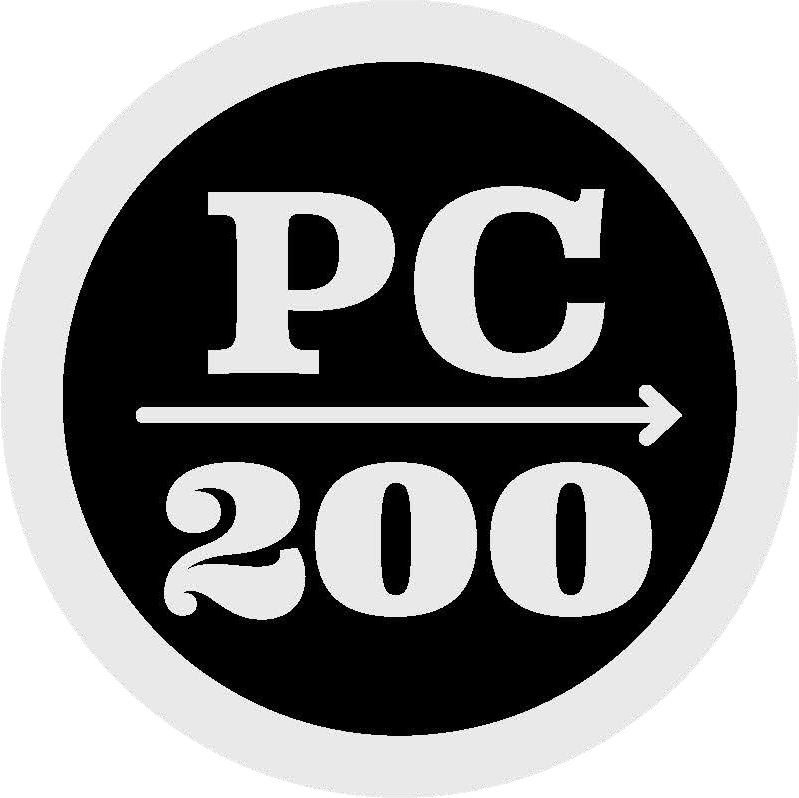We develop a general equilibrium model of the market for undergraduate higher education that captures the coexistence of public and private colleges, the large degree of quality differentiation among them, and the tuition and admission policies that emerge from their competition for students. The calibrated version of the model matches well the aggregate characteristics of U.S. higher education including college attendance in public and private schools, tuition levels, and the distribution of federal aid. Predictions about the distribution of students across colleges by ability and income and about the provision of institutional aid are realistic. We use the model to examine the consequences of federal and state aid policies. A one-third increase in the availability of federal aid increases college attendance by 6%
of the initial college population, virtually all of the increase being in state colleges and mainly of poor students. Private colleges reduce institutional aid and use the net funding gain to spend more on educational inputs and to substitute some highly able poor students for less able rich students. Reductions in federal or state aid result in reduced attendance mainly by poor students. Reductions of support to state colleges does not cause private colleges to grow but does improve their quality as demand shifts toward them.
